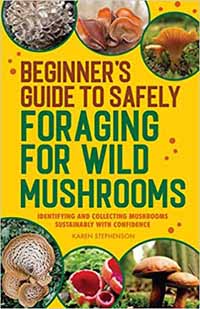

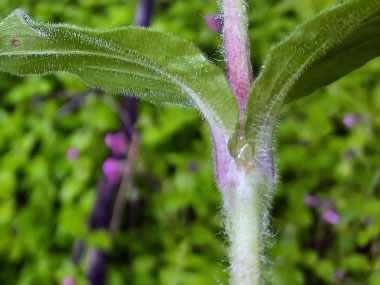
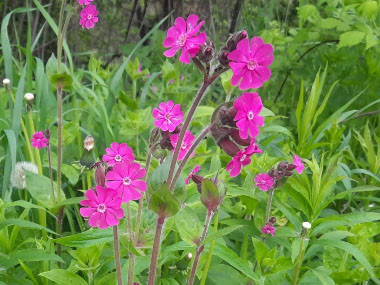
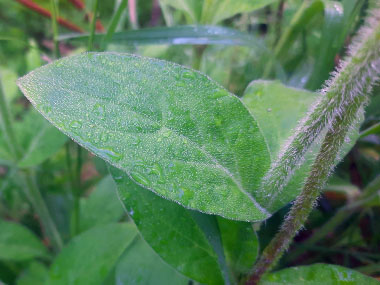
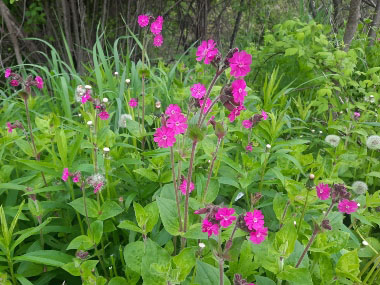
To support our efforts please browse our store (books with health benefits, etc.).
Red Campion is a perennial plant in the genus Silene of the pink family (Caryophyllaceae). It is a leafy green that is part of a traditional spring dish eaten in Northern Italy. Red Campion is also known as Red Catchfly, Robin hood, Robin-run-in-the-hedge, Adder’s flower and as Lychnis dioica. It can be confused with the White Campion plant when only the leaves are visible. However, once the flowers are in bloom, it is clear which species it is. European folklore says it was once believed that these flowers guard bees’ honey stores. Red Campion provides nectar and pollen for bees and the many other types of pollinating insects. Ancient healers believed that this plant helped in treating sores, ulcers and stings. This is a plant that many gardeners like to have due to the long bloom time.
Distinguishing Features
The Red Campion is an attractive, medium to tall perennial or biennial plant with a downy-like stem. The flowers are a striking dark pink color. They rarely grow solitary.
Flowers
The flowers are light to dark pink with five petals that are deeply notched at the tip. Petals are fused at their base to form a tube surrounded by a purple-brown calyx. The flower measure about 2cm (0.79") across. Flowers are in bloom typically May through to October depending on the geographical location.
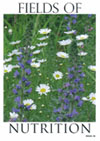 Fields
of Nutrition has medicinal benefits and vitamin/mineral content of Red Campion.
Fields
of Nutrition has medicinal benefits and vitamin/mineral content of Red Campion.
Leaves
Leaves are hairy, and oval with a pointed tip. They grow in opposite pairs. Leaf margins are entire. Near the base of the plant they have short stalks.
Height
Red Campion grows anywhere from 30 to 60cm (12 to 24") tall.
Habitat
It’s generally found in woodlands, shaded hedgerows and prefers rich, damp soils.
Edible Parts
The young immature leaves can be eaten raw but is quite bitter. Once sauteed or cooked it tastes better. You can also add the leaves to soups, salads, stir-fries and stews. In 20th century Britain, wine was made by boiling oranges, lemons, red campion flowers and leaves with barley and sugar.
Other Name
Red Catchfly.
Winter Survival Food Handbook

PDF Plant Magazines
Types of Wild Food
Geographic Zones Seasons
Disclaimer
EdibleWildFood.com is informational in nature. While we strive to be 100% accurate, it is solely up to the reader to ensure proper plant identification. Some wild plants are poisonous or can have serious adverse health effects.
We are not health professionals, medical doctors, nor are we nutritionists. It is up to the reader to verify nutritional information and health benefits with qualified professionals for all edible plants listed in this web site. Please click here for more information.
Why Edible Wild Food?
- Food costs are rising
- Free, wild food is readily abundant
- Wild food adds nutrition to your diet
- Wild food can help treat various medical conditions





